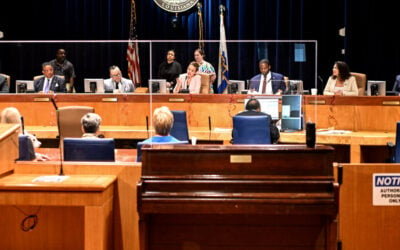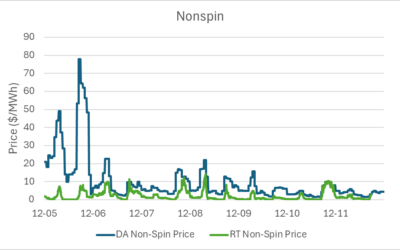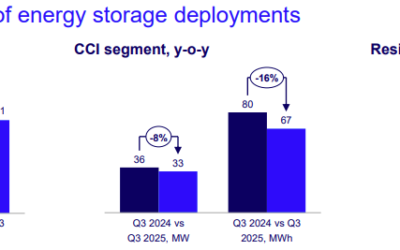South Korean utility KEPCO’s ESS is the world’s largest frequency regulation project – the South Korean givernment is rewarding solar plant operators for more of the same. Source: Kokam
South Korea will create 440 billion won (US$390 million) worth of new demand for energy storage systems (ESS) by 2020, according to the South Korean government, after it unveiled a plan to reward solar plant operators for installing energy storage facilities.
From 2017, the South Korean Ministry of Trade, Industry and Energy will allocate additional points on operators’ renewable energy certificates, granted for renewable energy, for establishing bulk ESS, according to the South Korea’s state news agency.
The stimulus follows a similar government initiative for wind farms last year. The ministry said the benefit programme is aimed at encouraging local power operators to save energy in large-scale batteries and efficiently distribute the power.
The total installed base for ESS in South Korea stood at around 30MWh in 2013, and jumped to 240MWh in 2015.
Try Premium for just $1
- Full premium access for the first month at only $1
- Converts to an annual rate after 30 days unless cancelled
- Cancel anytime during the trial period
Premium Benefits
- Expert industry analysis and interviews
- Digital access to PV Tech Power journal
- Exclusive event discounts
Or get the full Premium subscription right away
Or continue reading this article for free
The South Korean government has earmarked 40 trillion won (US$35.7 billion) for the renewable energy sector over the next five years, as it attempts to reduce the country’s reliance on fossil fuels. It will shut down 10 obsolete coal-powered plants in the country during the period, and supplement their closures by delivering 6% of total power from green energy sources by 2020.
The Koreaan Electric Power Corporation (KEPCO) is working already with Korean battery provider Kokam to install 500MW of battery storage for frequency regulation by 2017.
Kokam said in August it is developing a 36MW/13MWh energy storage system for KEPCO, based on Nickel Manganese Cobalt (NMC) and NANO battery technologies, with work scheduled to finish in December.
In parallel, the pair announced in March they will install a two lithium nickel manganese cobalt (NMC) oxide battery – a 24MW (9MWh) and a 16MW (6MWh) system – in a project billed as the largest of its kind.





